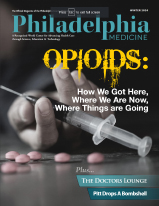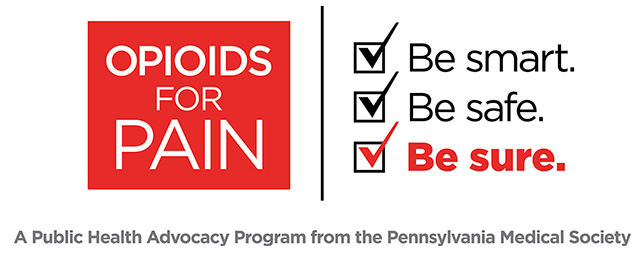Pa. fight against smoking isn’t over
Earlier, tobacco companies even leveraged the power of our professional predecessors. Tapping physicians allowed tobacco companies to give the impressions that cigarettes were safe. Anyone remember the ad proclaiming “More doctors smoke Camels than any other cigarette”? Apparently at the time, the company that produced Camels surveyed physicians – lots of them – and found that those doctors who smoked most often smoked their brand.
The masterful minds of tobacco industry advertising execs had convinced us all that cigarettes were safe, cool, and maybe even good for you. After all, soldiers used them to take the edge off war; athletes enjoyed them; and doctors also smoked.
Now, 50 years after Surgeon General Terry’s infamous report, the smoke has cleared and we know better. We know all too well that you should never pick up a cigarette in the first place.
Terry’s initial report linking tobacco use to lung cancer in men sparked the great anti-tobacco movement, leading to important research that clarified exactly what damage tobacco use can do. As we sit here in 2014, there’s no doubt that cigarettes are unhealthy, dangerous, and not worth the risk.
Today, we are benefitting from the movement that the Surgeon General Report on Health and Smoking started. Since then, 30 more reports have demonstrated how devastating tobacco use is. With more than 7,000 chemicals in tobacco smoke, every organ in the body can be damaged by cigarettes and they can cause serious diseases and death.
And let’s not forget the negative impact on non-users who breathed in second-hand air for years, even though they never smoked themselves.
Without a doubt, cigarettes are murder on one end, and suicide on the other.
Research has been put to good use in developing smoke-free laws and improving medical knowledge of related diseases.
However, there’s still work to be done. About 10 percent of Philadelphia high school students are regular smokers. Nearly one in three youth smokers illegally purchases his or her own cigarettes from local tobacco retailers. According to the Southeastern Pennsylvania Household Health Survey, roughly 11 percent of city children and adult non-smokers are exposed to secondhand smoke in their homes.
While the national smoking rate has been falling consistently since the 1960s, Philadelphia continues to be an anomaly. Tobacco use prevention in the city continues to be a high priority health issue, as Philadelphia has the highest rate of adult smoking among the 10 largest U.S. cities, at 25 percent.
The good news is that, from 2008 to 2012, nearly 40,000 adults in Philadelphia gave up smoking. Some of this decline might be attributed to the 2007, Clean Indoor Air Worker Protection Law that banned smoking in Philadelphia’s restaurants, bars, and workplaces, while creating a healthy environment for workers and their customers.
Also consider the following. Worldwide, tobacco use causes more than 5 million deaths per year. That’s anticipated to increase to 8 million by 2030. One in five deaths annually can be associated with cigarette smoking. On average, smokers die 10 years earlier than nonsmokers.
In the United States, more than 440,000 Americans die every year from smoking. Americans with related serious chronic diseases? Try 8 million! Smoking costs the U.S. economy $193 billion a year, including nearly $96 billion in direct medical costs and $97 billion in lost productivity.
And now we have to wonder about electronic cigarettes. Is that the next public-health problem? Some want to say electronic cigarettes are safer than their tobacco cousins. Frankly, they’re still dangerous. They’re not regulated, and they contain nicotine – a highly addictive chemical found in tobacco cigarettes and linked to health problems.
Research shows that electronic cigarettes are becoming more popular with our younger generations. Many of these people may never have picked up a tobacco cigarette, but they’re doing so with an electronic one. Fancy marketing appears to be working to attract new users to this product.
Sound familiar? Maybe like a flashback to pre-1964 marketing strategies that hooked several generations of addicted, lifetime users. Do we really want to go down that road again?
On this 50th anniversary of the first surgeon general warning that connected smoking to bad health, we look back and realize how far we’ve come. But, sadly, statistics show how far we still must go.
In 2014, Pennsylvania physicians will continue the fight that started in the 1960s. We’ll do so by helping patients kick the habit, demanding our government do more with anti-tobacco laws and advocating for regulations on electronic cigarettes.
Curtis T. Miyamoto, M.D., is president of the Philadelphia County Medical Society (www.philamedsoc.org). Bruce A. MacLeod, M.D., is president of the Pennsylvania Medical Society in Harrisburg (www.pamedsoc.org).
Read more at http://www.philly.com/philly/news/local/20140113_Pa__fight_against_smoking_isn_t_over.html#MkmPvrbwxsALlRBi.99




